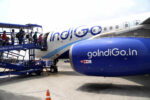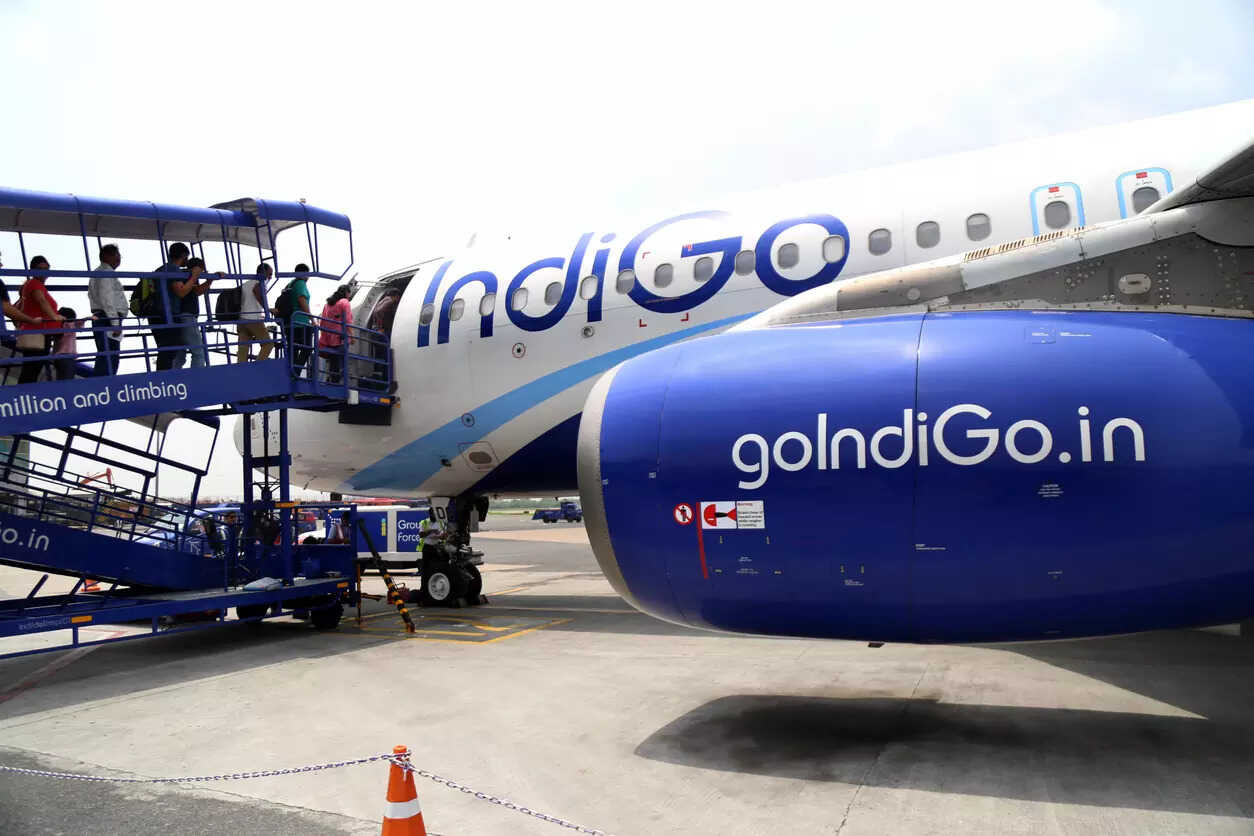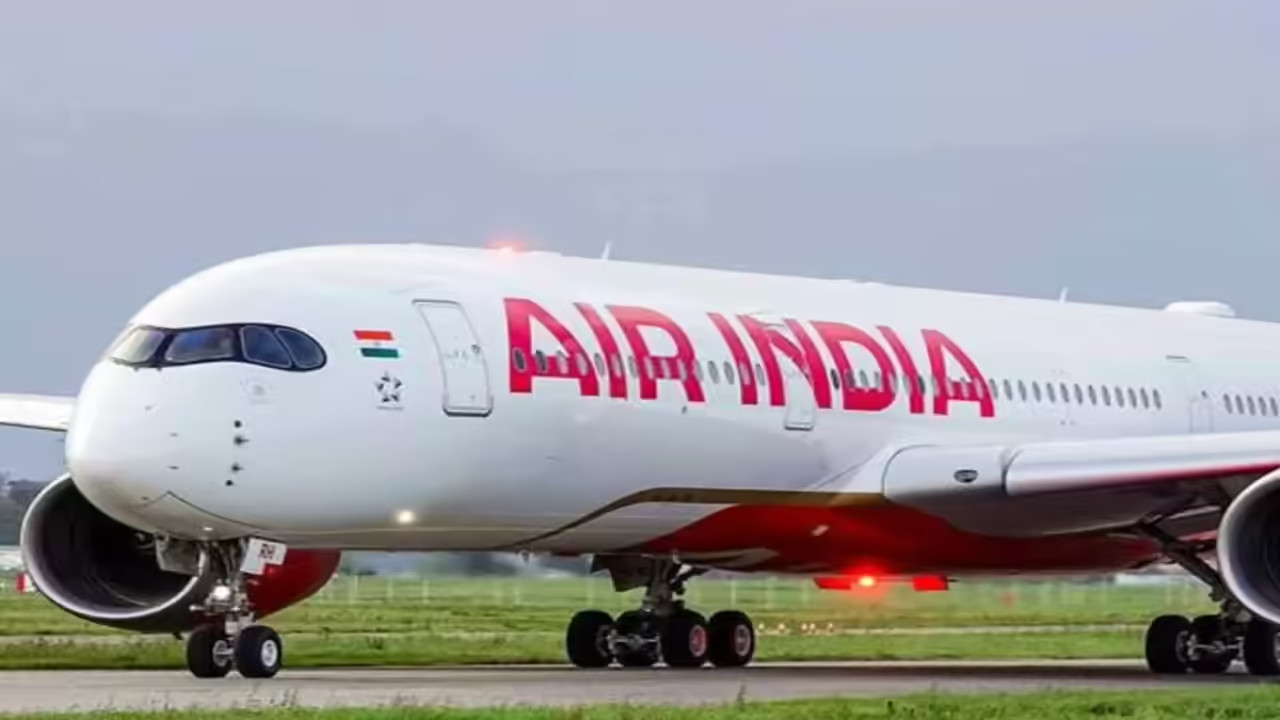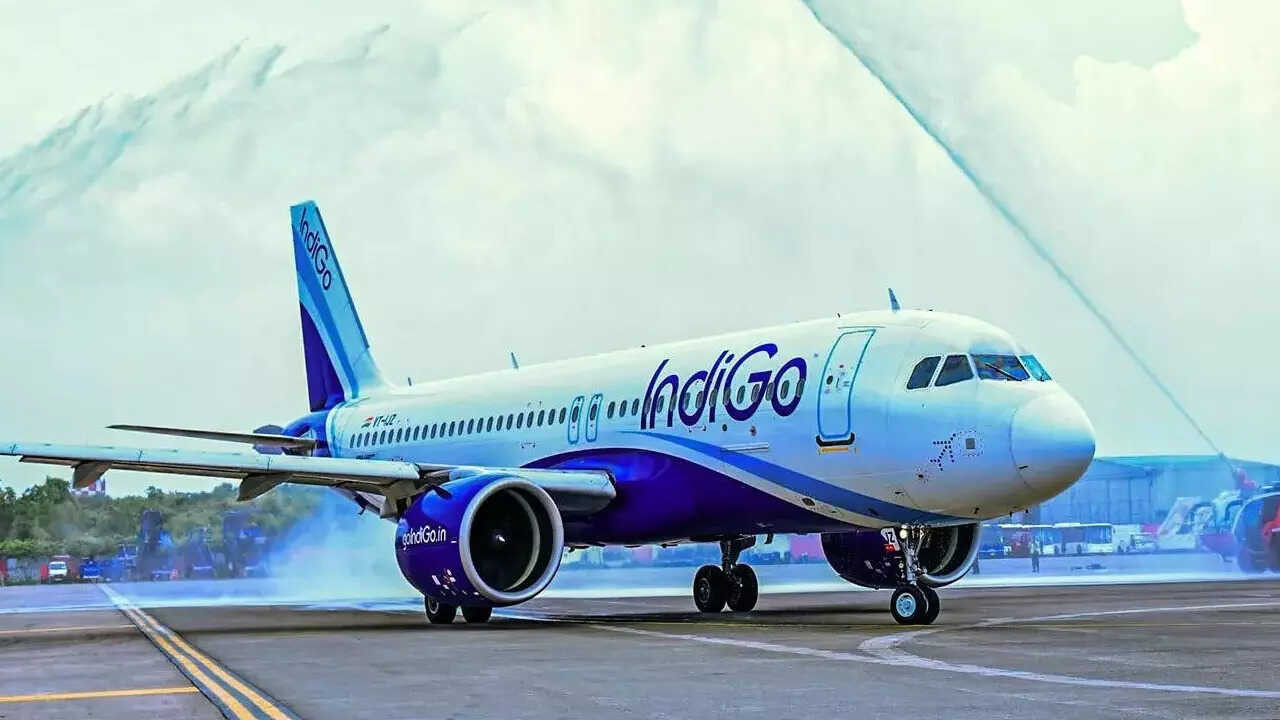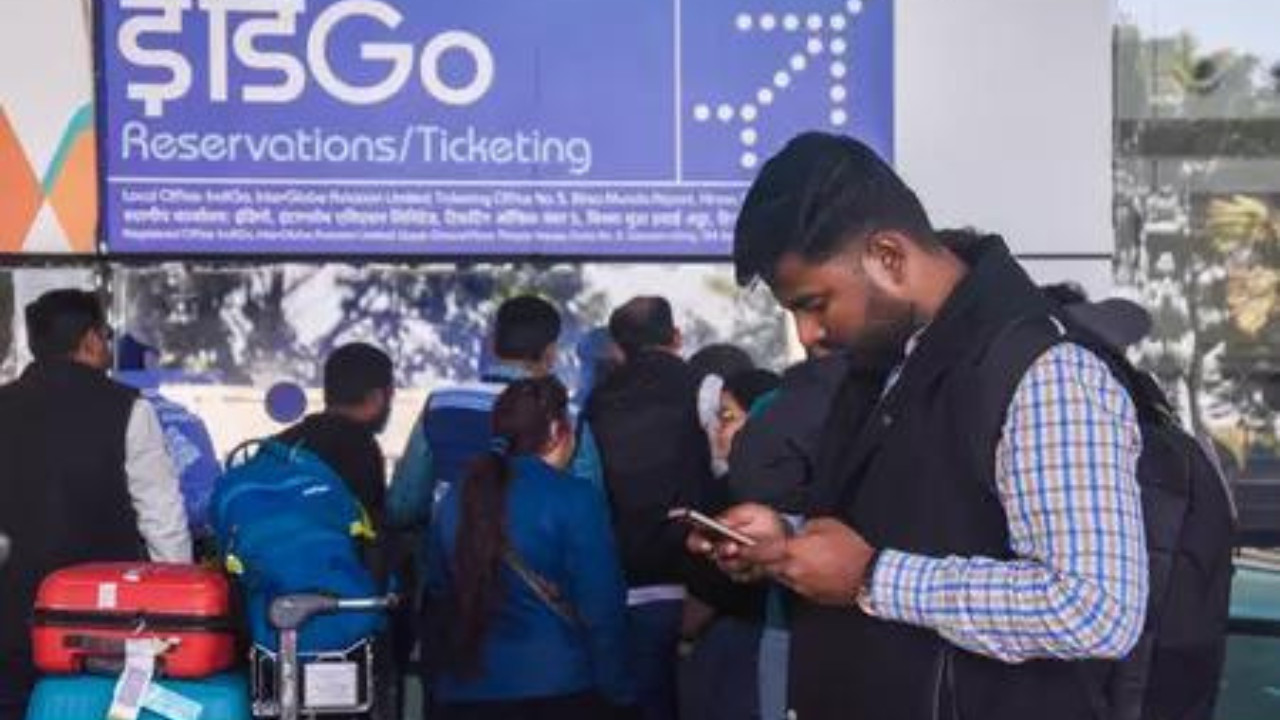Flying High or Feeling the Turbulence? A Look at Tata’s Airline Consolidation
The Tata Group’s grand experiment in Indian aviation – the consolidation of Air India, Air India Express, and Vistara – is officially airborne. But is it soaring to new heights, or encountering unexpected turbulence? The first fiscal year post-merger offers a fascinating, if somewhat mixed, snapshot of the challenges and opportunities inherent in such a monumental undertaking.
One thing is clear: the skies aren’t always friendly. While the full-service carrier (FSC) side of the business, primarily Air India, has managed to trim its losses, the low-cost carrier (LCC) segment, encompassing Air India Express, witnessed a significant ballooning of red ink. This divergence paints a complex picture of the evolving dynamics within the merged entity.
Deciphering the Losses: Full Service vs. Low Cost
Let’s delve deeper into those figures. The reduction in losses for Air India is undoubtedly a positive sign. This suggests that the restructuring efforts initiated by the Tata Group – streamlining operations, optimizing routes, and implementing new revenue management strategies – are beginning to bear fruit. The legacy carrier is, after years of state control and mounting debt, showing signs of a turnaround.
However, the widening losses for Air India Express throw a wrench in the narrative. Several factors could be contributing to this. The integration process itself, with its associated costs of harmonizing systems, retraining staff, and rebranding, likely played a role. Furthermore, the intensely competitive landscape of the Indian LCC market, characterized by razor-thin margins and aggressive pricing strategies, puts immense pressure on profitability. Increased fuel costs also likely contributed.

The Consolidation Challenge: More Than Just Merging Logos
Airline mergers are notoriously complex. Beyond the logistical and financial hurdles, there’s the critical element of culture. Integrating three distinct organizations, each with its own history, values, and operational practices, is a delicate balancing act. The Tata Group faces the challenge of creating a unified identity and a cohesive work environment, fostering collaboration and synergy across the entire organization.
Think of it like blending three different spices. You want to create a harmonious flavor profile, but if not done correctly, one spice can overpower the others, resulting in a less-than-desirable outcome. Similarly, Tata needs to carefully manage the integration process to ensure that the strengths of each individual airline are leveraged to create a stronger, more competitive whole.
Looking Ahead: Navigating the Future of Indian Aviation
What does the future hold for Tata’s airline venture? The Indian aviation market is booming, with passenger traffic steadily increasing. This presents a significant opportunity for growth. However, it also means increased competition, both from established players and new entrants.
Tata’s strategy will need to be multifaceted. Continued investment in modernizing the fleet, expanding the route network, and enhancing the customer experience will be crucial. Streamlining operations and driving efficiencies across all areas of the business will be essential to control costs and improve profitability. They will also need to work on improving customer service, addressing issues like flight delays which often trigger complaints.
Furthermore, the group can leverage data analytics and AI to optimize pricing, predict demand, and personalize the customer journey. This can lead to increased revenue and improved customer satisfaction. Let’s not forget the importance of sustainability. Investing in fuel-efficient aircraft and adopting eco-friendly practices will not only reduce the environmental impact but also enhance the airline’s brand image. To read more on the Indian aviation sector, check out our article on the [future of sustainable aviation](internal-link-to-related-article).
The next few years will be critical in determining the long-term success of the Tata Group’s airline consolidation. It’s a high-stakes game, but with a clear vision, strategic execution, and a commitment to innovation, they have the potential to reshape the landscape of Indian aviation.
Ultimately, the success of Tata’s airline consolidation hinges on its ability to navigate the complexities of the Indian aviation market, integrate its diverse operations, and deliver a compelling value proposition to its customers. While challenges remain, the potential rewards are significant, and the journey promises to be a captivating one to watch.

